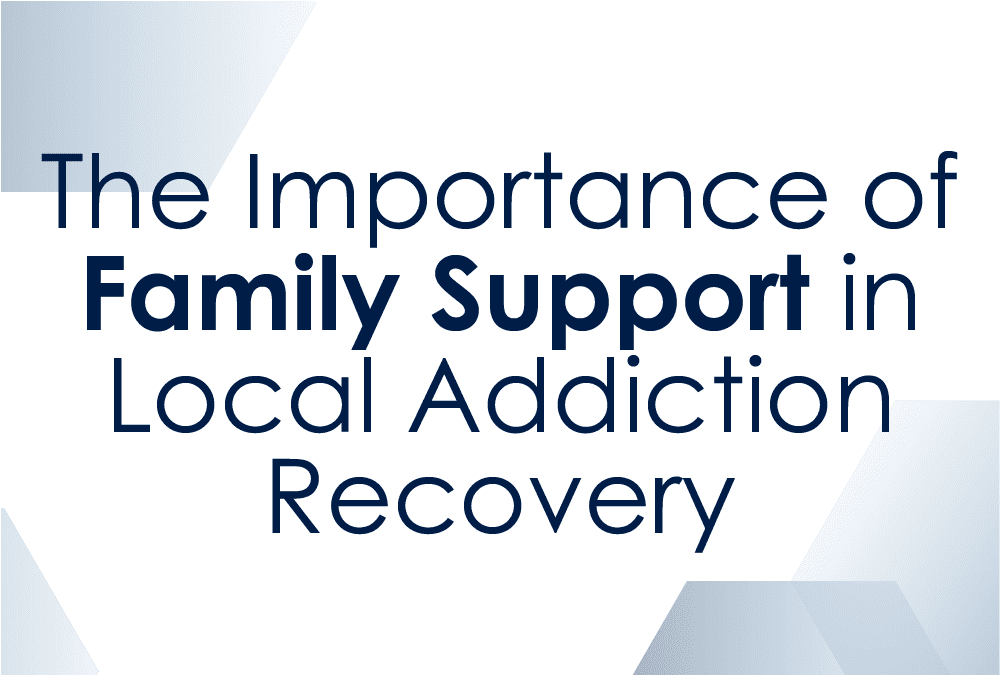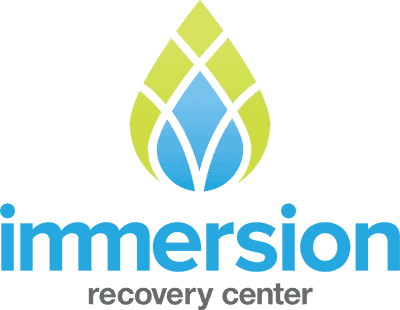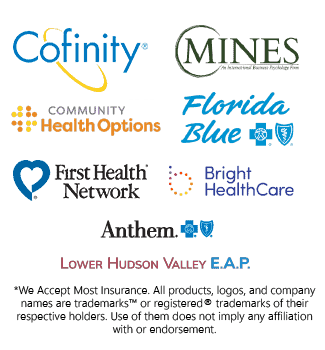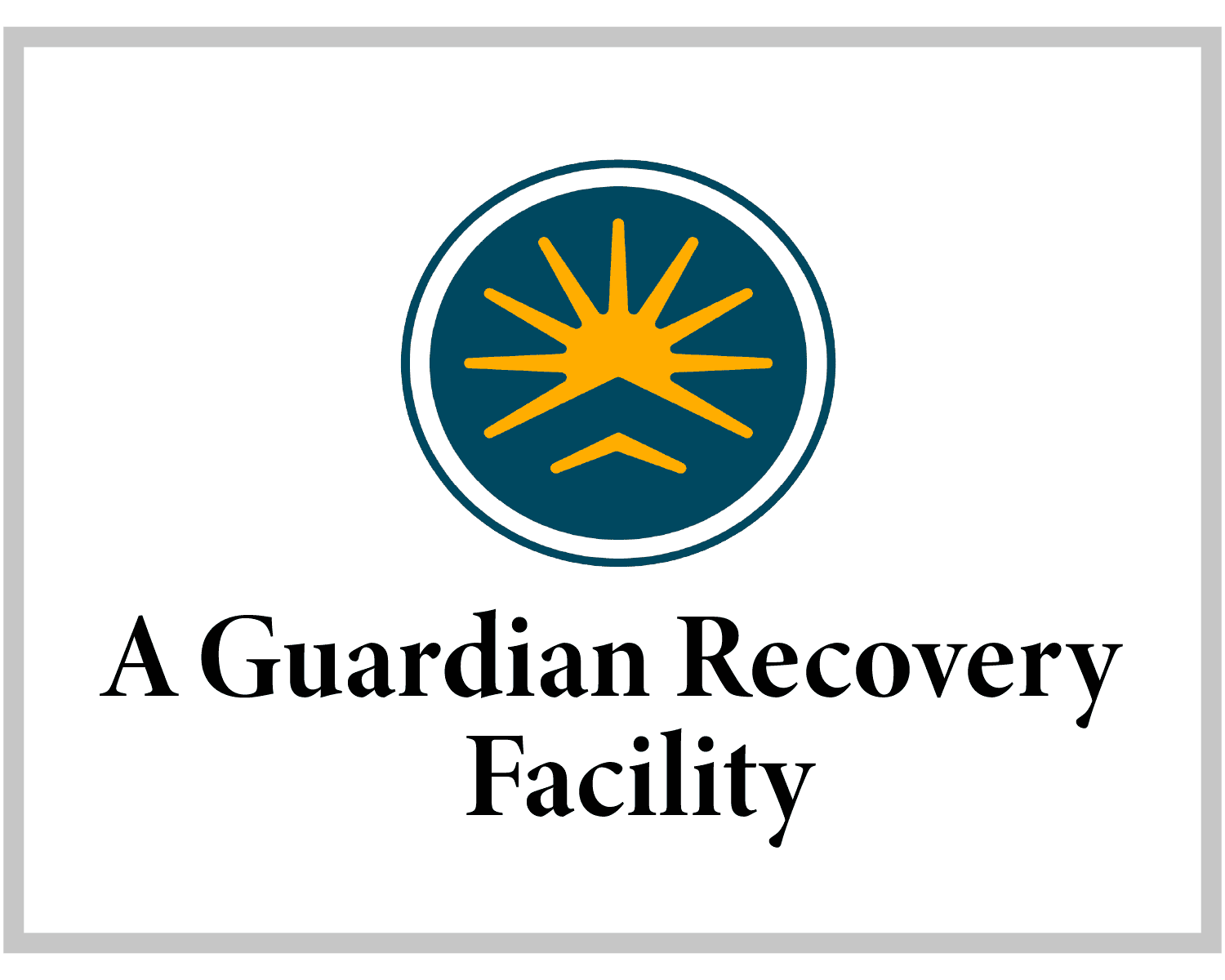The Scope of Heroin Abuse in the US
Over the course of the past two decades, the scope of heroin use throughout the United States has grown exponentially. According to the National Survey on Drug Use and Health, roughly 948,000 Americans admitted to using heroin during the year 2016 alone. The majority of individuals who use heroin are between the ages of 18 and 25. During the same year, there were a reported 170,000 new heroin users – nearly double the number of new users that was reported in 2006. The NSDUH also reported that the number of people meeting the Diagnostic and Statistical Manual of Mental Disorders, 4th edition (DSM-IV) criteria for heroin dependence increased from 214,000 in 2002 to 626,000 in 2016.
The devastating impact of heroin abuse and dependence has been felt across the country by men and women of all ages and demographics. The dramatic increase in heroin abuse can be largely attributed to the recent increase in narcotic painkiller prescriptions. When painkillers like oxycodone and hydrocodone first hit the pharmaceutical market, medical professionals were informed that they were exceedingly safe to use – therefore, they started being prescribed regularly for the treatment of mild, moderate and severe pain-related issues. It was quickly discovered that these medications were extremely habit-forming, though by the time this was discovered and the US government began to crack down on distribution, many individuals had already developed opiate dependence disorders. Rather than seeking treatment once their “supply” was cut off, many turned to a less expensive and more readily available alternative – heroin.
Since then, heroin addiction and heroin overdose-related fatalities have been on the rise. At Immersion Recovery Center, we have extensive experience treating men and women of all ages who have been suffering at the hands of a heroin abuse disorder. Because this specific drug is now commonly cut with fentanyl – an opioid narcotic more than 100 times more potent than morphine – seeking professional help immediately is of the utmost importance.
We Are Here For You
Let Us Help You Heal
Our Heroin detoxification experience is second to none.
Learn how we can help by speaking with one of our Treatment Advisors today.
Recognizing Heroin Overdose
The National Harm Reduction Coalition recently published a training guide geared towards helping individuals recognize the signs and symptoms of a heroin-related overdose. Even if you are actively abusing heroin, it can be difficult to determine whether or not someone is overdosing. If you are unsure whether someone is overdosing or just extremely high, the Harm Reduction Coalition suggests treating the situation like an overdose just in case. There are several signs and symptoms you can look for to determine if someone is potentially close to overdosing on heroin. These include:
- Contracted pupils. (pupils look much smaller than usual)
- A lack of muscle control; the individual might seem sleepy, disoriented and unable to stand completely upright.
- The individual might “nod out,” or lose consciousness intermittently. His or her head will nod forward and eyes will close temporarily – nodding out looks a lot like falling asleep and coming back to every several seconds.
- Slurred speech – in some instances, the symptoms of heroin overdose closely resemble someone who is extremely intoxicated (drunk).
- The individual might not be responsive, and then suddenly react to something loud, like a friend yelling loudly or attempting to shake them awake.
Our Heroin Treatment Services Include
If someone is in the midst of an overdose, they will require immediate medical attention.
The signs of an active heroin overdose include:
- A total loss of consciousness.
- A complete lack of responsiveness to any outside stimuli, no matter how seemingly loud or disruptive. For example, if you shake someone intensely to try and wake them up and they remain unconscious, they are in the midst of a life-threatening overdose.
- Breathing will be very shallow or will have stopped entirely. If you check whether or not the individual is breathing and you cannot tell, seeking immediate medical help will be absolutely necessary.
- Persistent vomiting.
- A pale and clammy face. In many cases, the face will go pale when the overdose begins and it will slowly turn blue or gray as respiratory depression grows more severe. At this point, the fingernails will also turn blue or purple as circulation is completely cut off.
- A gurgling sound or choking sound.
- An extremely slowed heartbeat – if an individual is experiencing a heroin overdose, his or her pulse is usually not even detectable.
Of course, those who are undergoing heroin overdose are not able to fend for themselves. They are not able to take any steps to prevent the overdose from occurring once it begins – the only hope for recovery is a friend who might be in their presence as the overdose is occurring. If you are with a friend when he or she starts to overdose, what steps can you take?
Ready To Begin Your Heroin Treatment?
Let Us Help Your Family Heal
Our family therapy program is second to none.
Learn how we can help your family by calling a Treatment Advisor now.
What Actions to Take
The first thing you should do if you witness someone overdosing on heroin is call 911 immediately. The Centers for Disease Control and Prevention reported that in 2018 alone there were a total of 67,367 overdose deaths throughout the country. Opioid narcotics were directly involved in a total of 46,802 of these fatalities. Sadly, most of these deaths could have been prevented had the people involved in the overdose taken immediate action. In many cases, more than one person will take heroin together – if one person begins to overdose the other person/people do not seek help for fear of getting in trouble with the law. Here are the steps that can be taken to prevent lethal heroin overdose:
- Avoid using heroin altogether – This is the only surefire way to prevent accidental overdose. If you or someone you love has been suffering at the hands of an opioid addiction of any kind, seek professional care immediately. At Immersion Recovery Center, we are available to help adequately treat those who have been suffering from a heroin abuse or dependence disorder of any severity.
- Call 911 as soon as you witness the symptoms of a potential overdose – Do not wait for the person to stop breathing or turn blue – as soon as you suspect too much of the chemical substance has been ingested, call for help.
- Carry naloxone with you at all times – In 2014, the US Food and Drug Administration approved a naloxone auto-injector called Evzio. In 2015 the FDA approved a nasal spray called Narcan. First responders carry naloxone, but in most states it is also legal to purchase naloxone and carry it with you in case of emergencies.
- Have acquaintance begin rescue breathing – According to National Harm Reduction Coalition for a person whose breathing is severely impaired, rescue breathing or chest compressions is one of the most important steps in preventing an overdose death. When someone has extremely shallow and intermittent breathing (around one breath every 5-10 seconds) or has stopped breathing and is unresponsive, rescue breathing should be done as soon as possible because it is the quickest way to get oxygen into someone who has stopped breathing.If you are performing rescue breathing, you are getting much needed air into someone’s body who will die without it. The difference between survival and death in an opioid overdose depends on how quickly enough oxygen gets into the person’s body.
These are the steps for rescue breathing:
- Place the person on their back.
- Tilt their chin up to open the airway.
- Check to see if there is anything in their mouth blocking their airway, such as gum, toothpick, undissolved pills, syringe cap, cheeked Fentanyl patch (these things have ALL been found in the mouths of overdosing people!). If so, remove it.
- Plug their nose with one hand, and give 2 even, regular-sized breaths. Blow enough air into their lungs to make their chest rise. If you don’t see their chest rise out of the corner of your eye, tilt the head back more and make sure you’re plugging their nose.
- Breathe again. Give one breath every 5 seconds.
The most important thing is that you act quickly. Heroin overdose is extremely lethal and it happens very fast. If you suspect an overdose is occurring, it is better to act with extreme precaution than wait until it is too late.
Begin Healing Now!
Have A Call With One Of Our Treatment Advisors
Don’t Suffer Any Longer
Immersion Recovery Center and Heroin Addiction Recovery
At Immersion Recovery Center, we have extensive experience treating men and women of all ages and walks of life who have been suffering from heroin abuse or addiction. When it comes to this specific chemical substance, seeking professional treatment will always be necessary. The symptoms of heroin withdrawal are not typically life-threatening, however the psychological cravings are so severe that they lead many straight back to use before the detox process has come to an end. At Immersion Recovery Center, we believe that medical detox is a necessary first step on the road to recovery, and that in order for long-term sobriety to be achieved detox must be immediately followed with inpatient treatment. To learn more about our comprehensive heroin addiction recovery program, give us a call today.
Reviewed for accuracy by :
Susan Shirley
LMHC
Serving as the Inpatient Clinical Director at Immersion Recovery Center, Susan will work directly with staff members, clients, and family members to ensure the clinical program remains as effective and individualized as possible. Susan is no stranger to the fields of behavioral health and addiction. She has over 25 years of experience, working in an inpatient setting, an outpatient setting, acute stabilization and nearly all other settings in the realm of addiction recovery.























